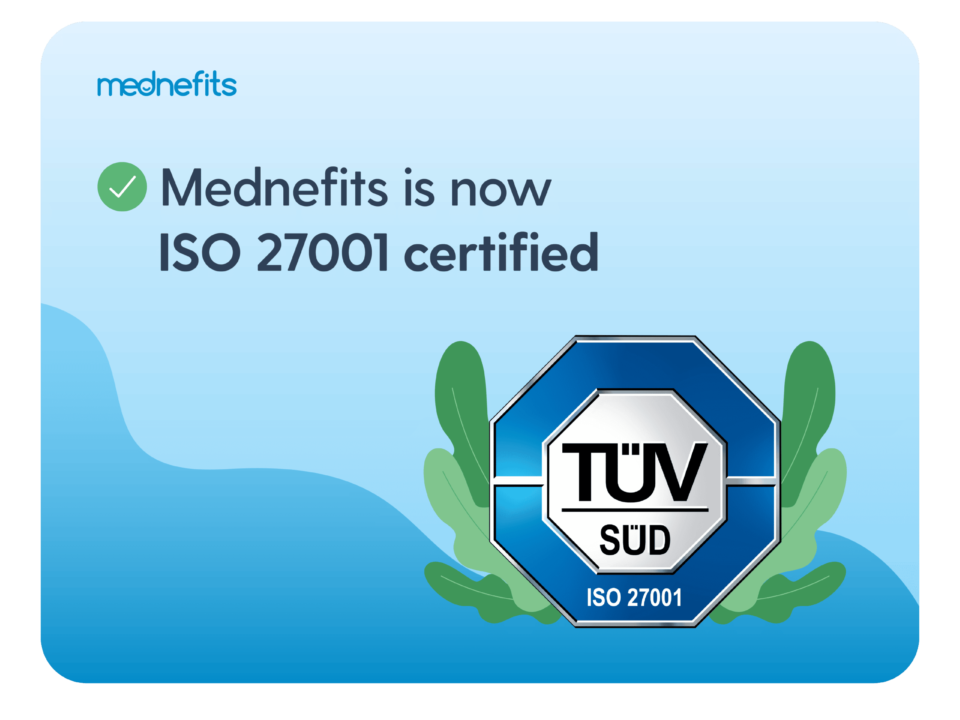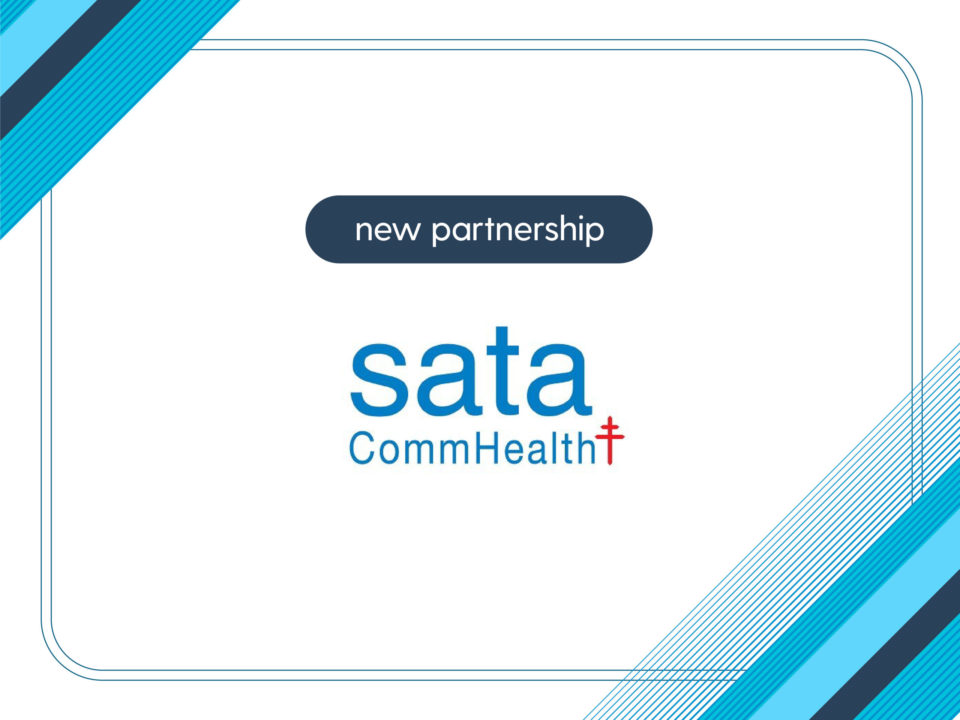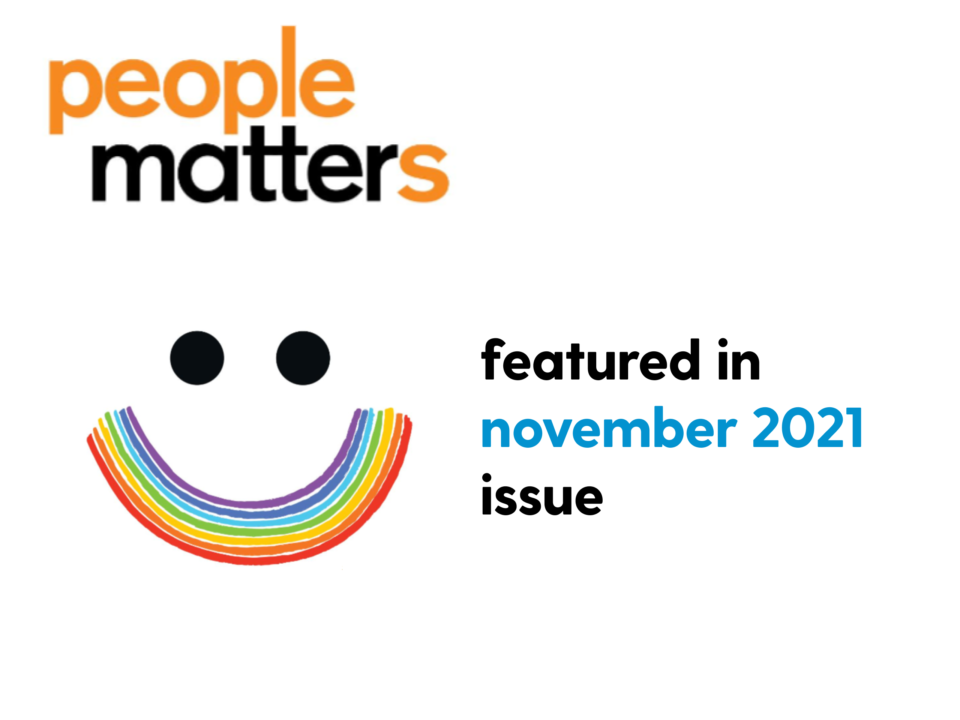
Is reimbursement the right option for employee benefits?
November 20, 2019
Looking back on 2018: Mednefits year in review
January 12, 2020How can SMEs get the most from their employee health benefits?
News
How can SMEs get the most from their employee health benefits?
February 4, 2019

Many SMEs and start-ups are undermined by inadequate corporate health benefits, causing them to lose out to big corporations in terms of benefits for their employees. Making matters worse, in Singapore, the cost of healthcare benefits is expected to increase by 9.1% in 2019 due to the rising cost of medical technology and profit motives of healthcare providers. Traditionally, corporate health insurance products typically offer outpatient and inpatient insurance together as a costly bundle. Because of their steep prices, these bundles are often inaccessible or unappealing to SME employers.
However, providing great healthcare benefit experiences and controlling costs need not be competing priorities. By leveraging on new tools, innovation, and improved access to data, health benefits can be made affordable and simple. SMEs can consider adopting a customisable progressive benefits package, granting them greater control on healthcare investments. Beyond primary care such as General Practitioners (GPs) and specialists, companies can stretch their existing employee benefits packages to include access to a wider range of services from health screenings to Traditional Chinese Medicine and wellness, as well as access to preventive wellness programmes such as fitness classes, yoga and eye care.
These initiatives will encourage employees to keep themselves healthy, resulting in lower illness-related absenteeism, increased productivity, and reduced sick leave. Understanding this, what are some concrete, low-cost steps for SMEs to meet employee needs when it comes to health benefits?
Research current market practice and offerings
Traditionally, employee health benefits includes health check-ups, hospitalisation benefits, GP consultations and dental benefits. However, the market has grown competitive, with companies offering a broader range of health benefits such as optical care, gym passes, fitness classes and physiotherapy. Companies who wish to attract and retain top talents should offer a greater variety of benefits on top of traditional health benefits. It is also important for companies to find out what employee health benefit strategies competitors are using to stand out among the competition.
Survey your employee demographics and their respective needs
A one-size-fits-all approach to employee benefits is no longer enough to cater to the diverse needs of employees in our multi-generational workforce today. Under-utilisation of employee benefits is one of the biggest issues plaguing companies. By surveying employees on what they need in their benefits package, a company can gain greater insight into the employees’ needs, and even whether they are aware of what benefits are offered. The company can then scale back on under-utilised benefits, while placing more focus on what their employees really need.
Leverage on technology to automate repetitive workflows
After researching on employee benefits offerings and understanding the needs of their employees, companies should review their current HR workflow to see how can leverage on technology to digitise repetitive administrative workflows. Through technology, benefit claims processing can be digitised, freeing up HR professionals to focus on higher value work that contribute to business productivity, such as ensuring that the company’s overall benefits are competitive in the market or analysing real-time data on how benefits can impact employee retention.
The article was originally published in HRM Asia Newsroom on 4 February 2019.



